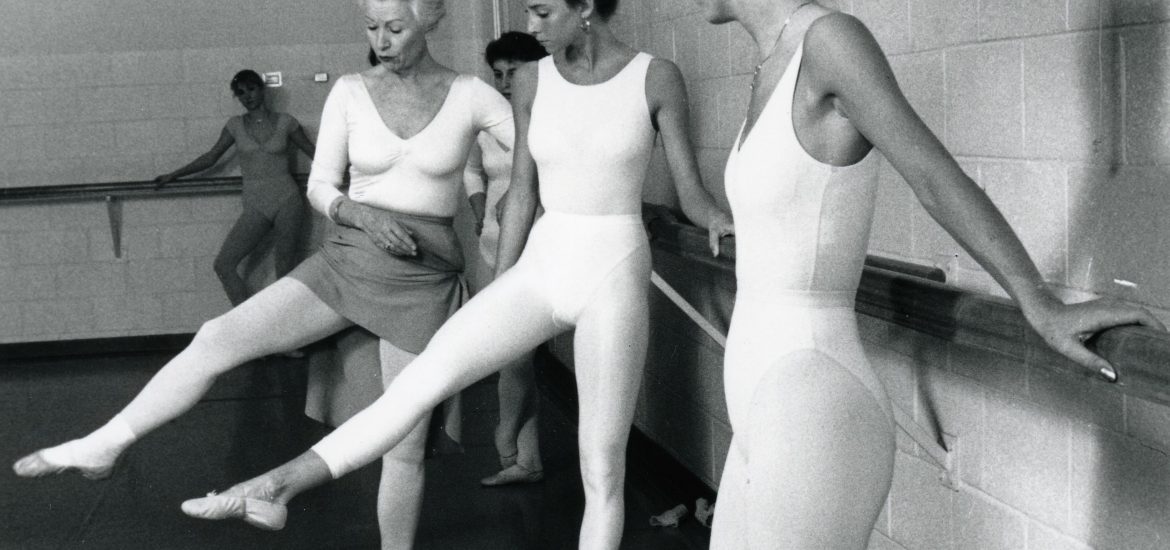The image above is from the UMW Digital Archives Centennial Image Collection and taken in 1980 of a dance class.
This week I am catching up on my reading reflection posts and going to go over the article “Why don’t archives digitize everything?” from the beginning of the semester. Last fall, I took an Archives and Society class where I learned about how and where archives are stored, how they are cataloged, and what types of things are archived and preserved. We spent most of the last half that semester talking about digital archives and how they function, which I really enjoyed. My class put together digital collections and exhibitions. We used the Timeline JS tool to create our exhibition, so most of what I learned when creating that was applied in the timeline made for our To Save a Mockingbird Project. When this article came up I was super interested in it and how archives could apply to our project we were creating in this course.
One of the first things the article talks about is how digitizing records is time and money consuming. Our digital archivist showed my class the equipment we have here at Mary Washington she uses to digitize records, and it is huge, expensive, and time consuming to use. I even got to make a couple digital images from a scrapbook that we were looking at. And digitizing is more than just taking pictures or scanning in copies of a paper or record. It is also creating the metadata (which was a lot harder than I thought it would be to create) and making sure it is accessible. Oftentimes there isn’t enough manpower and money to pay for the equipment need to digitize. We have a small, but awesome digital collection at UMW, but we only have one person that solely works with the digital records.
Another piece of this article that I remember going over in that class a lot, was how to manage a digital archive. It takes a ton of hard drive space because they are saved as high resolution images (or TIFF files) so people who are looking at the files can zoom in and look at the document in great detail. Also formats for digital materials is constantly changing so being able to anticipate those changes and keep up is something you, as an archivist, have to keep in mind. Take music for example; it has evolved from records to tapes to CDs and now mostly to streaming services. These types of changes are awesome and great, but it is hard to justify digitizing something when there might be a better format to do it down the road. Especially when it cost so much time and money.
This article was really nice to read for a second time later on in the semester, because it reviewed a lot of information I have learned about archives. I really enjoyed the class that I took last semester and was really excited to apply those skills to this course when it first began. I have always wanted to be a librarian, but with the combination of both classes, it makes me want to eventually work on the digital side of things.
This is the site my class created and you can go through the collections and exhibitions. Mine is all about Dance clubs at UMW. I chose this topic because of my direct involvement with the Performing Arts Company here. This is the timeline that I created by using the digital archives we already had and from pages from scrapbooks that I had digitized. The article about digital archives and learning what we could use them for in our site project has been super helpful and interesting.
